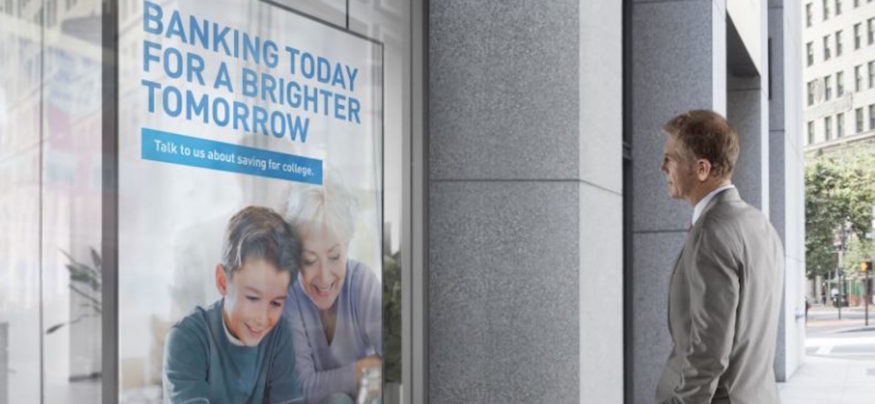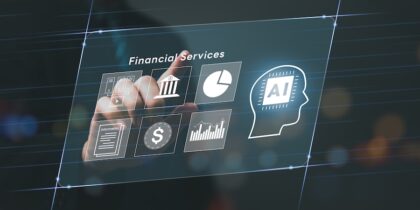Imagine a world in which consumers never have to visit a physical bank branch or dial a call center, but instead do all of these functions from a desktop, tablet or mobile phone. Can the multichannel world of today actually be replaced by a digital-only experience? While that vision finds a place in industry magazines and conferences, the reality is that today’s enterprises are not planning for a digital-only world. Rather, they are working to create an engaging omnichannel customer experience with different form factors.
Omnichannel Exceeds Multichannel in Meeting Customer Expectations
Multichannel refers to conducting business using multiple devices and channels, including the Web or a mobile phone. This is already a long-standing capability of most banks and retailers. Omnichannel is a newer term in which organizations provide more consistent services across all channels with an ability to move between them seamlessly.
Accenture’s 2013 Consumer Pulse Study found that U.S. customers’ top concerns are organizations “not making it easy to do business with them” as well as significant frustration when moving from channel to channel. These often lead to people switching service providers. In fact, expectations for more seamless experiences are leading to lower satisfaction scores, with 52 percent of consumers saying U.S. firms give exceptional or very good multichannel experiences in the latest report, down from 57 percent in the last year.
As a result, leading contact center technology firms like Genesys emphasize their ability to provide omnichannel experiences with greater seamlessness across different customer channels. Genesys says that customers engage with companies in multichannel and cross-channel journeys, pausing and resuming them over time. It cites research from the Customer Experience Board, stating that 58 percent of callers have visited the web before calling, and 34 percent of callers are on the Web at the same time they are speaking to an agent. In light of this research, what might a typical customer journey look like?
The Omnichannel Finance Journey
Jennifer and her husband, David, have recently changed jobs and moved to a new neighborhood. The house they bought was their dream home, boasting several well-designed bedrooms and bathrooms, an antique wood stove to keep them warm at night and a spacious backyard where their three children can play in safety. As Jennifer and David start building their networks and making new friends, however, they quickly realize that they don’t have enough space in their kitchen to entertain guests. This sets in motion a massive renovation project.
While David looks for contractors, Jennifer searches for home improvement loans. Because Jennifer has a busy schedule during the day, she’s unable to take time off to visit bank branches or phone a call center. Therefore, she pulls out her tablet after dinner, goes online and searches through a range of loans from different lenders. Search engines give her a good starting point, and some friends provide personal recommendations over social media. She finds one from a reputable institution and keys in her personal information along with some comments, selecting the “text me” option for when the bank decides on a rate. She then puts her device to sleep for some much-needed family time.
Jennifer receives a text on her smartphone next day at work. The loan she requested can be processed online, but the bank offers her an opportunity, based on some of her questions, to come in to discuss a couple of other options. The loan officer emails her some additional information, which she browses over lunch using her laptop. Once work is over, she drives to the local branch, where beacon technology pings her smartwatch with a welcome message. She doesn’t even need to check in; the banker steps out to greet her, then invites her into the office to compare different loans.
Instead of flipping through tabs on a small desktop screen, the banker turns on a large video wall and sets Jennifer’s available options next to each other. They compare what-if scenarios, weighing the rates and total cost by changing the information that’s displayed. The large-scale visuals help Jennifer come to an easy decision. A minute later, the banker transmits an electronic document for Jennifer to sign, and she requests a copy over email. She’s then ready to head home and begin her project.
This scenario could happen today. For those companies seeking multichannel integration, embracing omnichannel solutions will win more business and increase the loyalty of existing clients. The customer journey often includes various starts and stops, beginning with one channel and ending with another. Financial services and service-oriented companies can improve customer retention and profitability by delivering more seamless experiences across these channels. Take account of today’s prevalent form factors, including desktop and mobile, as well as the different online channels available.








